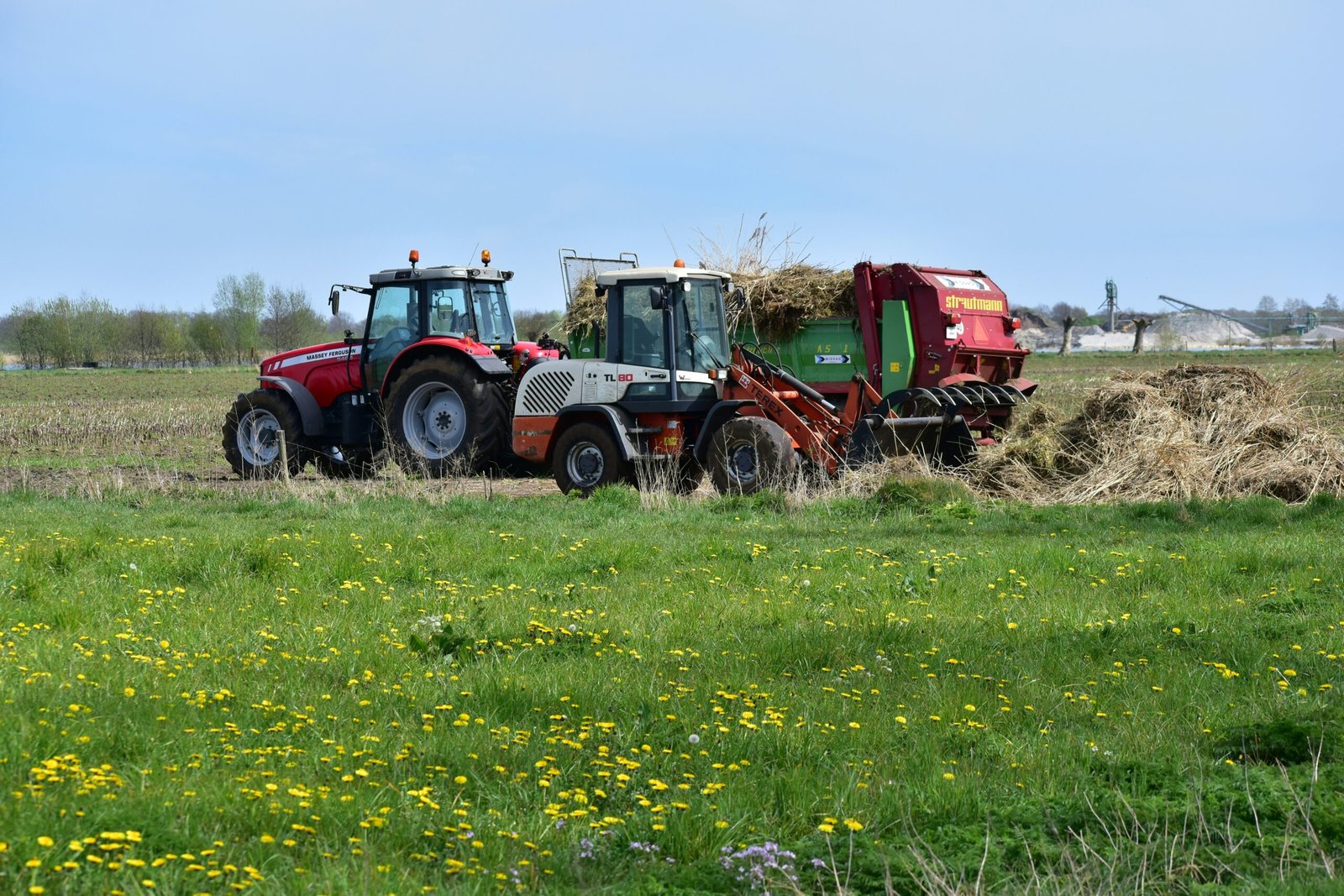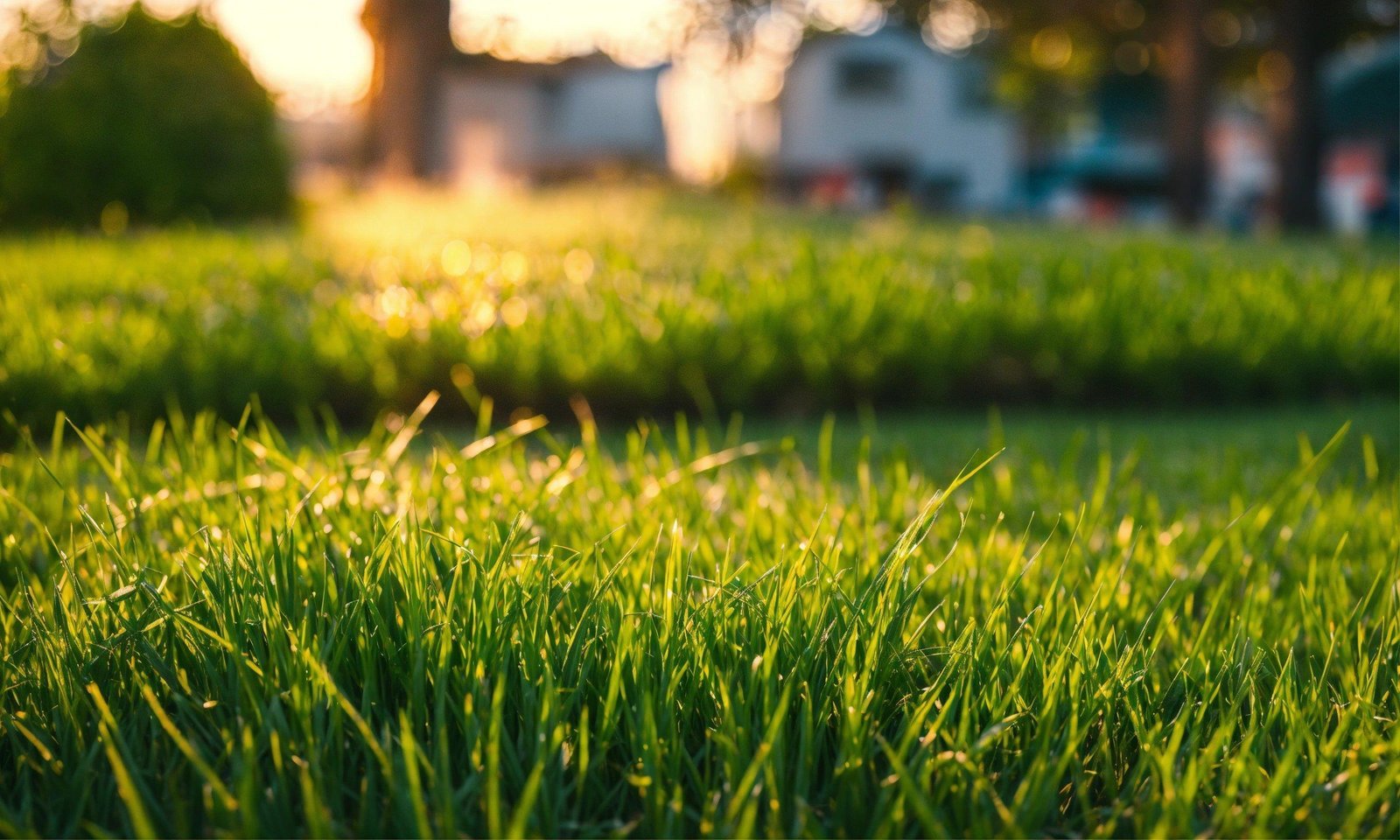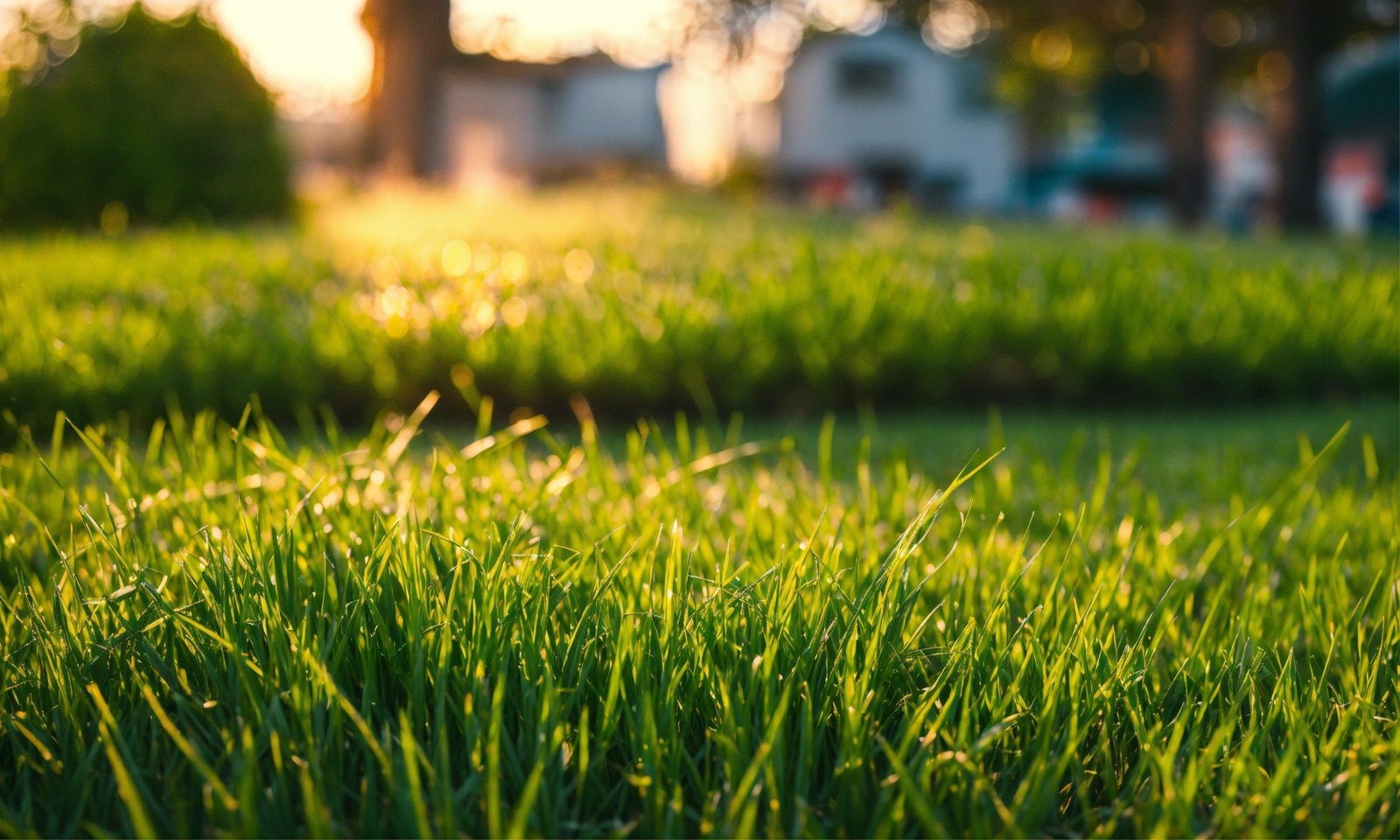Soil Preparation
One of the most crucial steps in preparing your vegetable garden is soil preparation. The quality of your soil will directly impact the health and productivity of your plants. Start by removing any weeds or grass from the area where you plan to plant your vegetables. This can be done by manually pulling them out or using a garden hoe to loosen the soil and remove the unwanted plants.
Once the area is clear of weeds, it’s time to improve the soil structure and fertility. Begin by testing the pH level of your soil. Most vegetables thrive in slightly acidic to neutral soil, with a pH range of 6.0 to 7.0. If your soil is too acidic, you can add lime to raise the pH level. On the other hand, if your soil is too alkaline, you can add sulfur to lower the pH level.
Next, incorporate organic matter into the soil to improve its texture and fertility. Organic matter, such as compost, well-rotted manure, or leaf mold, helps to retain moisture, increase nutrient availability, and promote beneficial microbial activity. Spread a layer of organic matter over the soil surface and use a garden fork or tiller to mix it into the top 6 to 8 inches of soil.
In addition to organic matter, you may also need to add supplemental nutrients to your soil. Conduct a soil test to determine the nutrient levels and deficiencies. Based on the results, you can add organic or synthetic fertilizers to provide the necessary nutrients for your vegetables. Follow the recommended application rates and timing to avoid over-fertilization, which can lead to nutrient runoff and environmental pollution.
Lastly, consider adding a layer of mulch to your vegetable garden. Mulch helps to conserve moisture, suppress weeds, and regulate soil temperature. Organic mulches, such as straw, grass clippings, or wood chips, are ideal for vegetable gardens as they slowly break down and contribute to the organic matter content of the soil. Apply a 2 to 4-inch layer of mulch around your plants, making sure to leave a small space around the stem to prevent rotting.
By properly preparing your soil, you are creating a fertile and nutrient-rich environment for your vegetable plants to thrive. This will result in healthier plants, higher yields, and ultimately, a more successful and enjoyable gardening experience.
1. Choose the Right Location
The first step in preparing your vegetable garden is to select the right location. Vegetables need at least six hours of direct sunlight each day, so choose a spot in your garden that receives ample sunlight. Additionally, ensure that the location has good drainage to prevent waterlogging, as excessive moisture can lead to root rot and other plant diseases.
It’s also important to consider the proximity of your garden to a water source. Vegetables require regular watering, so having easy access to water will make the task more convenient for you.
2. Clear the Area
Once you have chosen the location for your vegetable garden, it’s time to clear the area of any existing vegetation. Remove any grass, weeds, or debris from the site. You can use a shovel or a garden hoe to dig up the grass and weeds, making sure to remove their roots as well.
Clearing the area is essential to prevent competition for nutrients and space between your vegetables and unwanted plants. It also helps to reduce the risk of pests and diseases that may be harbored by the existing vegetation.
Before you start clearing the area, it’s a good idea to assess the soil quality. Take a handful of soil from different parts of the site and examine its texture and color. Healthy soil should be loose, crumbly, and dark in color. If the soil is compacted or appears sandy, you may need to amend it with organic matter such as compost or well-rotted manure to improve its fertility and structure.
Once you have evaluated the soil, you can begin the process of clearing the area. Start by removing any large rocks, branches, or other debris that may be present. This will make it easier to work the soil and ensure a clean, even surface for planting.
Next, use a shovel or garden hoe to dig up the grass and weeds. Begin at one corner of the site and work your way across, making sure to remove the entire root system of each plant. This will help prevent regrowth and ensure that your vegetables have the best chance of thriving.
As you clear the area, you may come across any persistent weeds or plants with deep roots. In these cases, it may be necessary to use a garden fork or a weed wrench to loosen the soil and extract the entire root system. This extra effort will pay off in the long run, as it will help create a weed-free environment for your vegetables to grow.
Once the area is cleared, take a moment to admire your hard work. You have created a blank canvas, ready to be transformed into a thriving vegetable garden. But before you start planting, there are a few more steps to take to prepare the soil and ensure optimal growing conditions for your vegetables.
3. Test the Soil
Before you start planting, it’s crucial to test the soil in your vegetable garden. Different vegetables have different soil requirements, so understanding the composition of your soil will help you determine which vegetables will thrive in your garden.
You can purchase a soil testing kit from a garden center or send a soil sample to a laboratory for analysis. The test will provide you with information about the pH level, nutrient content, and organic matter in your soil. Based on the results, you can make any necessary amendments to ensure optimal growing conditions for your vegetables.
When testing the soil, it’s important to follow the instructions provided with the testing kit or laboratory. Typically, the process involves collecting soil samples from various areas of your garden and mixing them together to get a representative sample. This ensures that you get an accurate analysis of the overall soil composition.
The pH level of your soil is crucial for plant growth. Most vegetables prefer a slightly acidic to neutral soil pH, ranging from 6.0 to 7.0. If your soil is too acidic, you can add lime to raise the pH. On the other hand, if your soil is too alkaline, you can add sulfur or peat moss to lower the pH.
The nutrient content of your soil is also essential for healthy plant growth. The soil test will provide information about the levels of essential nutrients such as nitrogen, phosphorus, and potassium. If any of these nutrients are deficient, you can add organic matter or specific fertilizers to enrich the soil.
Furthermore, the soil test will reveal the organic matter content in your soil. Organic matter is crucial for soil fertility and moisture retention. If your soil lacks organic matter, you can add compost, well-rotted manure, or other organic materials to improve its structure and nutrient-holding capacity.
By testing the soil in your vegetable garden, you can ensure that you are providing the best possible growing conditions for your plants. This will result in healthier and more productive vegetables, giving you a bountiful harvest to enjoy.
4. Improve the Soil
After testing the soil, you may need to improve its quality by adding organic matter. Organic matter, such as compost or well-rotted manure, helps to improve soil structure, fertility, and water retention.
Spread a layer of organic matter over the surface of your garden and use a garden fork or a tiller to incorporate it into the soil. Aim for a depth of 6-8 inches to ensure that the organic matter is well mixed with the existing soil.
In addition to organic matter, you may also need to add fertilizers or soil amendments to address any nutrient deficiencies identified in the soil test. Follow the instructions on the fertilizer packaging and apply it according to the recommended rates.
When choosing fertilizers, it is important to consider the specific needs of your plants. Different plants require different nutrients, so it is essential to select a fertilizer that provides the necessary elements for optimal growth. For example, if you are growing tomatoes, you may want to choose a fertilizer that is high in phosphorus to promote fruit development.
In addition to fertilizers, you may also need to add specific soil amendments to adjust the pH level of your soil. Some plants prefer acidic soil, while others thrive in alkaline conditions. By adjusting the pH level, you can create an environment that is more favorable for your plants to grow and thrive.
Another way to improve the soil is by incorporating cover crops into your gardening practices. Cover crops, such as clover or winter rye, can help to prevent erosion, suppress weeds, and add organic matter to the soil when they are tilled under. These crops can also improve soil structure by breaking up compacted soil and increasing its ability to hold water.
It is important to note that improving soil is an ongoing process. Regularly adding organic matter, fertilizers, and soil amendments will help to maintain the health and fertility of your soil. Additionally, practicing good gardening techniques, such as proper watering and mulching, can also contribute to soil improvement.
By taking the time to improve your soil, you are setting the foundation for a successful garden. Healthy soil will provide the necessary nutrients and support for your plants to grow strong and produce bountiful harvests. So don’t overlook this important step in your gardening journey!
5. Plan Your Garden Layout
Before you start planting, it’s important to plan your garden layout. Consider the space requirements of each vegetable and arrange them accordingly to maximize your garden’s productivity.
Group vegetables with similar water and sunlight requirements together. This will make it easier for you to provide the necessary care and maintenance for each plant. Additionally, consider the height of the plants and their shade requirements to ensure that taller plants do not overshadow smaller ones.
It’s also a good idea to rotate your crops each year to prevent the buildup of pests and diseases in the soil. Plan your garden layout in a way that allows you to rotate your crops effectively.
When planning your garden layout, take into account the different microclimates within your garden. Some areas may receive more sunlight than others, while some may be more sheltered from the wind. By understanding these microclimates, you can strategically place your plants to take advantage of the varying conditions. For example, heat-loving plants like tomatoes and peppers can be positioned in the sunniest spots, while more delicate plants like lettuce can be placed in partially shaded areas.
In addition to considering the needs of individual plants, think about the overall aesthetic of your garden. You can create visual interest by incorporating different colors, textures, and heights. Planting flowers alongside your vegetables not only adds beauty to your garden but can also attract beneficial insects that help with pollination and pest control.
Furthermore, consider the practical aspects of your garden layout. Leave enough space between rows and beds to allow for easy access and maintenance. This will make tasks such as watering, weeding, and harvesting much more convenient. If you plan to use trellises or stakes for climbing plants, ensure that you have enough vertical space to accommodate their growth.
Lastly, don’t forget to include pathways in your garden layout. Well-defined paths not only provide easy navigation through your garden but also help to prevent soil compaction and minimize the risk of trampling on delicate plants. You can use materials such as gravel, wood chips, or stepping stones to create attractive and functional pathways.
By carefully planning your garden layout, taking into account the specific needs of your plants, the microclimates within your garden, and the practical aspects of maintenance, you can create a harmonious and productive space that will bring you joy throughout the growing season.
6. Prepare the Planting Beds
Now that you have planned your garden layout, it’s time to prepare the planting beds. Use a garden rake or a hoe to level the soil and create raised beds or rows for planting.
Ensure that the planting beds are wide enough to accommodate the root systems of your vegetables. The depth of the beds will depend on the specific requirements of each plant, so refer to the seed packets or plant labels for guidance.
If you prefer raised beds, you can build them using wood, bricks, or other materials. Raised beds provide better drainage and can help to prevent soil compaction.
Before you start preparing the planting beds, it’s important to assess the quality of your soil. Take a sample and send it to a local agricultural extension office for testing. This will help you determine the pH level, nutrient content, and any deficiencies in your soil.
Based on the test results, you may need to amend your soil with organic matter, such as compost or well-rotted manure, to improve its fertility and structure. This will provide a healthy environment for your plants to grow and thrive.
Once you have determined the condition of your soil and made any necessary amendments, it’s time to start preparing the planting beds. Begin by removing any weeds or grass from the area. Use a garden rake or hoe to loosen the soil and break up any clumps.
If you are creating raised beds, you can outline the shape and size using stakes and string. This will help you maintain a uniform and organized layout for your garden.
Next, add a layer of organic matter, such as compost or aged manure, to the top of the soil. This will help to improve its structure and fertility. Spread the organic matter evenly and work it into the soil using a garden fork or tiller.
After incorporating the organic matter, rake the soil again to level it and remove any large debris. This will create a smooth and even surface for planting.
Before you start planting, it’s a good idea to water the soil thoroughly. This will help to settle the soil and provide moisture for your plants.
By taking the time to properly prepare your planting beds, you are setting the foundation for a successful and productive garden. The effort you put in now will pay off in the form of healthy plants, abundant harvests, and a beautiful garden to enjoy.
7. Start Planting
With your planting beds ready, it’s time to start planting your vegetables. Follow the instructions on the seed packets or plant labels for the correct planting depth and spacing.
Make small holes in the soil using your finger or a dibber, and place the seeds or seedlings into the holes. Gently cover them with soil and water thoroughly.
Remember to label your plants to keep track of what you have planted. This will be especially helpful when it comes to crop rotation and identifying the different vegetables as they grow.
When choosing which vegetables to plant, consider the climate and growing conditions in your area. Some vegetables thrive in cooler temperatures, while others prefer warmer climates. It’s also important to think about the amount of sunlight your garden receives and the type of soil you have. Certain vegetables, like tomatoes and peppers, require full sun to grow and produce a bountiful harvest.
Additionally, think about the space available in your garden. Some vegetables, such as zucchini and squash, have sprawling vines that can take up a lot of room. If you have limited space, consider planting vertical crops like beans or cucumbers that can be trained to grow up trellises or fences.
When planting your vegetables, it’s important to give them enough room to grow. Crowding plants can lead to poor air circulation and increased risk of diseases. Follow the recommended spacing guidelines on the seed packets or plant labels to ensure that each plant has enough space to thrive.
Watering is crucial for the success of your vegetable garden. Most vegetables require consistent moisture to grow and produce a good crop. Water your plants deeply and regularly, especially during dry periods. Avoid overhead watering, as it can increase the risk of fungal diseases. Instead, use a soaker hose or drip irrigation system to deliver water directly to the roots.
As your vegetables grow, keep an eye out for pests and diseases. Common garden pests include aphids, slugs, and caterpillars. Use organic pest control methods, such as handpicking or applying natural insecticides, to protect your plants. Regularly inspect your plants for signs of diseases, such as wilting or discoloration, and take appropriate action to prevent the spread.
Finally, don’t forget to harvest your vegetables when they are ripe. Different vegetables have different signs of ripeness, so refer to gardening resources or consult experienced gardeners for guidance. Harvesting at the right time ensures that you enjoy the best flavor and nutritional value from your homegrown vegetables.
8. Provide Care and Maintenance
Once your vegetables are planted, it’s important to provide them with the care and maintenance they need to thrive. Here are some essential tasks to keep in mind:
- Watering: Regularly water your vegetables, keeping the soil evenly moist. Avoid overwatering, as it can lead to root rot. Water in the morning or evening to minimize evaporation.
- Weeding: Remove any weeds that compete with your vegetables for nutrients and space. Regular weeding will help to keep your garden healthy and prevent the spread of pests and diseases.
- Fertilizing: Depending on the nutrient requirements of your vegetables, you may need to fertilize them. Use organic fertilizers or follow the instructions on the packaging for synthetic fertilizers.
- Pest and disease control: Monitor your plants regularly for signs of pests or diseases. Use organic pest control methods whenever possible, such as handpicking pests or using natural predators.
- Supporting plants: Some vegetables, like tomatoes or beans, may require support as they grow. Install stakes, cages, or trellises to keep the plants upright and prevent them from sprawling on the ground.
- Pruning and trimming: As your vegetables grow, they may require pruning or trimming to promote healthy growth. Remove any dead or damaged leaves or branches, and trim back excessive growth to maintain the shape and size of the plants.
- Monitoring soil pH: Regularly test the pH level of your soil to ensure it is within the optimal range for your vegetables. Adjust the pH if necessary by adding lime to raise the pH or sulfur to lower it.
- Harvesting: Harvest your vegetables when they are ripe and ready to be eaten. Different vegetables have different signs of ripeness, so familiarize yourself with the specific harvesting guidelines for each type of vegetable you are growing.
- Rotating crops: To prevent the buildup of pests and diseases in the soil, practice crop rotation. This involves planting different types of vegetables in different areas of your garden each year, following a specific rotation schedule.
By providing the necessary care and maintenance to your vegetables, you are ensuring their health and productivity. With proper attention, your garden will yield a bountiful harvest of fresh and delicious vegetables for you to enjoy.











